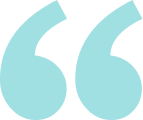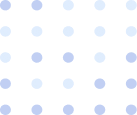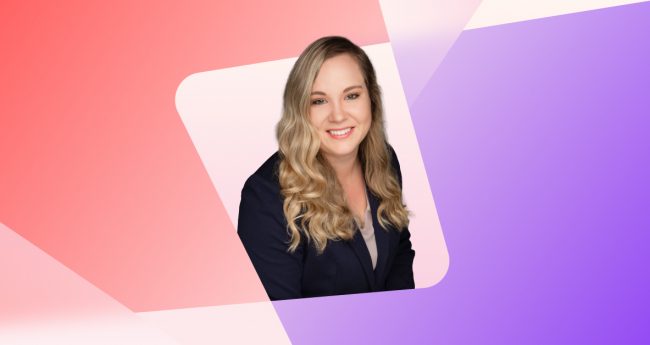Varying backgrounds of non-STEM majors
When it comes to teaching chemistry for non-STEM majors, instructors are often faced with a classroom of students with varying degrees of chemistry backgrounds. Some may have retained a firm grasp on basic information from their high school chemistry courses; some, may have never taken chemistry at all.
With students having a variety of math and science backgrounds, it can be helpful for instructors to use a tool that gets all their students on the same page. For her 300-student Introductory Chemistry course at California State University Long Beach, Professor Elaine Bernal desired a platform that would make learning chemistry easier and more enjoyable for her students. For Elaine, it was Aktiv Chemistry.

Breaking down the barriers
Aktiv Chemistry removes previous barriers that can block students’ comprehension of chemistry with interactive modules that keep students engaged. For example, with the design of Aktiv Chemistry’s dimensional analysis module, Aktiv Chemistry gives instructors the option of using scaffolded, drag-and-drop style problems so students can get right to work rather than struggle with the logistics. For Elaine, that had always been an obstacle for her students. “Even when I was learning chemistry as an undergrad, it was so procedural. The app takes away that focus on process and you get to just focus on the chemistry.”
With students at all levels, it can be helpful to use a platform that is also more interactive. As a self-proclaimed “gamer” and lover of technology, adopting Aktiv Chemistry was an easy choice for Elaine. Not only is its interface engaging and its modules game-like, Aktiv Chemistry is a way to capitalize on how many students, and educators, learn best. “For me, the way I learn is with technology. I’ve grown up with technology. Technology has never not been a part of my learning. As far as a learning tool, how can you get away from that?”
For Elaine and many of Aktiv Chemistry’s users, the Lewis structure drawing tool is a game changer. The first of its kind, Aktiv Chemistry’s module streamlines the building of Lewis structures so users can focus on chemistry rather than formatting and syntax. “As far as the design itself, it’s very minimalist. I really like it for the Lewis structures. That’s what originally sold me. Anything else that you see as far as online tools for drawing Lewis structures are really awkward and clunky. [With Aktiv Chemistry] the drawings aren’t so awkward anymore. It’s nice and clean. They really get what Lewis structures look like.”¹

Getting active!
Elaine has discovered that adopting Aktiv Chemistry also enhanced her own effectiveness in the classroom. “I used to lecture so much. But now I’m able to give a short lecture and do a Aktiv Chemistry activity – we talk about it a little more and do another activity. It’s made me think about how I deliver content and how I’ve moved from lecturing a lot to facilitating conversation.”¹ Not only are her students more active during class sessions, Elaine is more active as well. As her students work individually or in groups on Aktiv Chemistry assignments, she can move throughout her classroom moderating discussion, observing work, and gauging their comprehension.
Aktiv Chemistry’s intuitive, user-friendly features can appeal to students and improve their work, regardless of their chemistry backgrounds. And when those students are all on the same page, as Elaine can attest, the chemistry learned within the classroom can be applied to the outside world. “There’s this concept that a lot of students bring into the class: ‘It’s a lot of math and just balancing equations and stuff like that.’ Aktiv Chemistry gets a lot of those narratives out of the way. It’s not just math. It’s not just balancing equations. Chemistry is a very visual and kinesthetic subject. In being able to engage students visually, the platform opens them up to learning more about chemistry. Issues like climate change, global warming, the chemistry of water, real environmental issues. They’re more attuned to that when they see how it works.”¹ For students, a tool like Aktiv Chemistry can be incredibly effective in transporting chemistry out of the textbook and into the real world, sparking interest in the subject matter.
Transform how your students think (and learn) about chemistry.
Let one of our Learning Specialists spark your interest and schedule a demo today.





